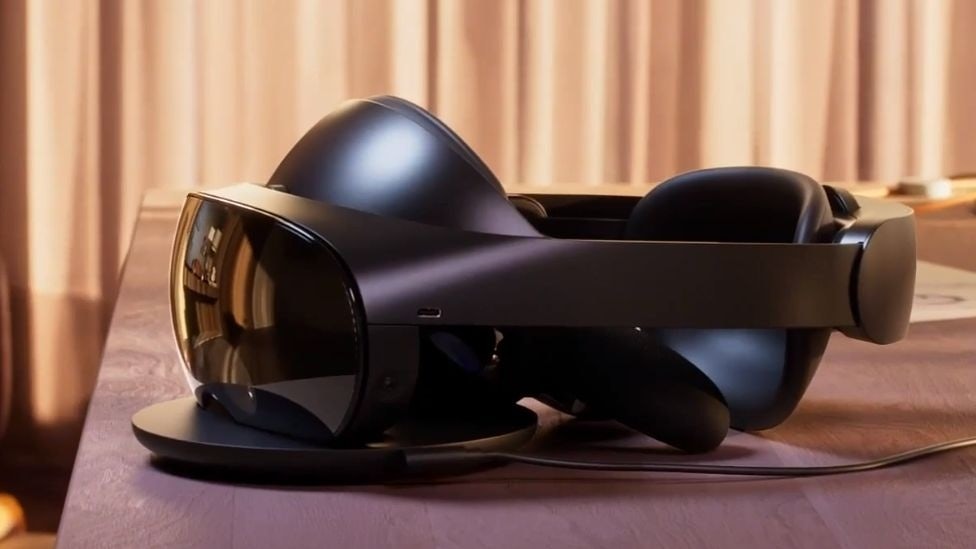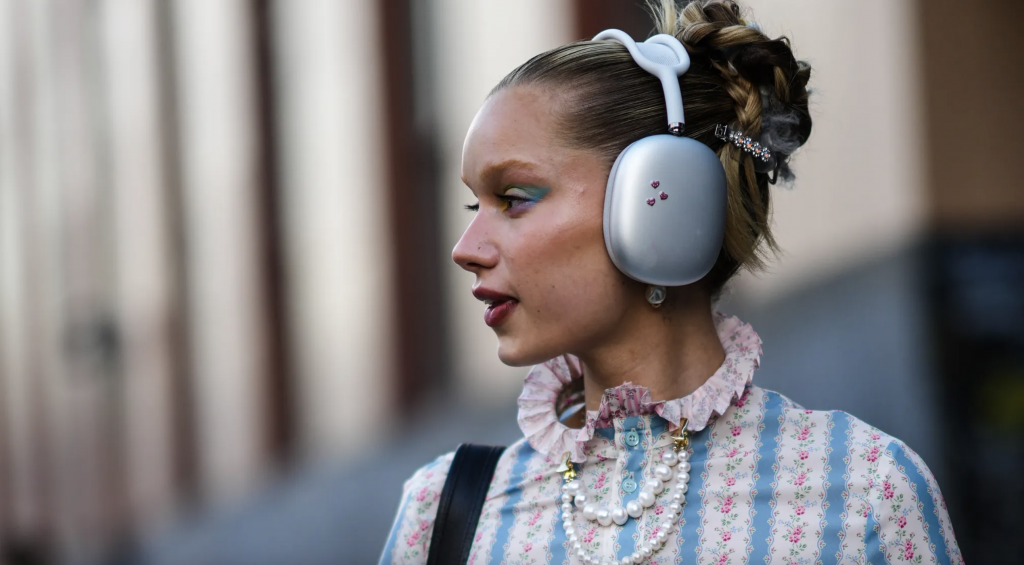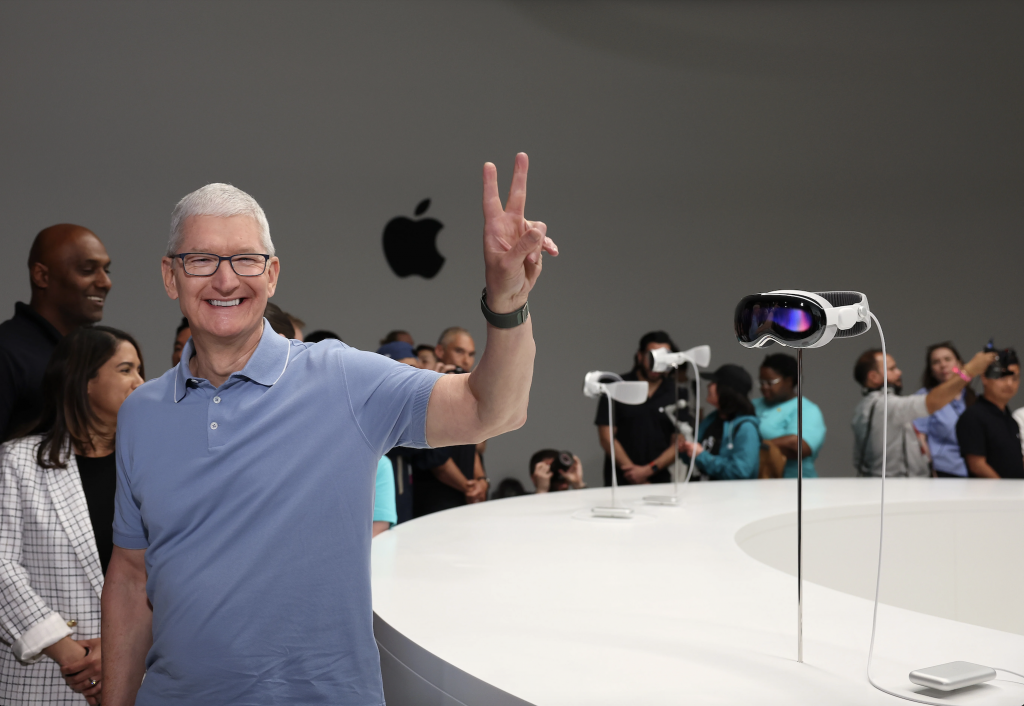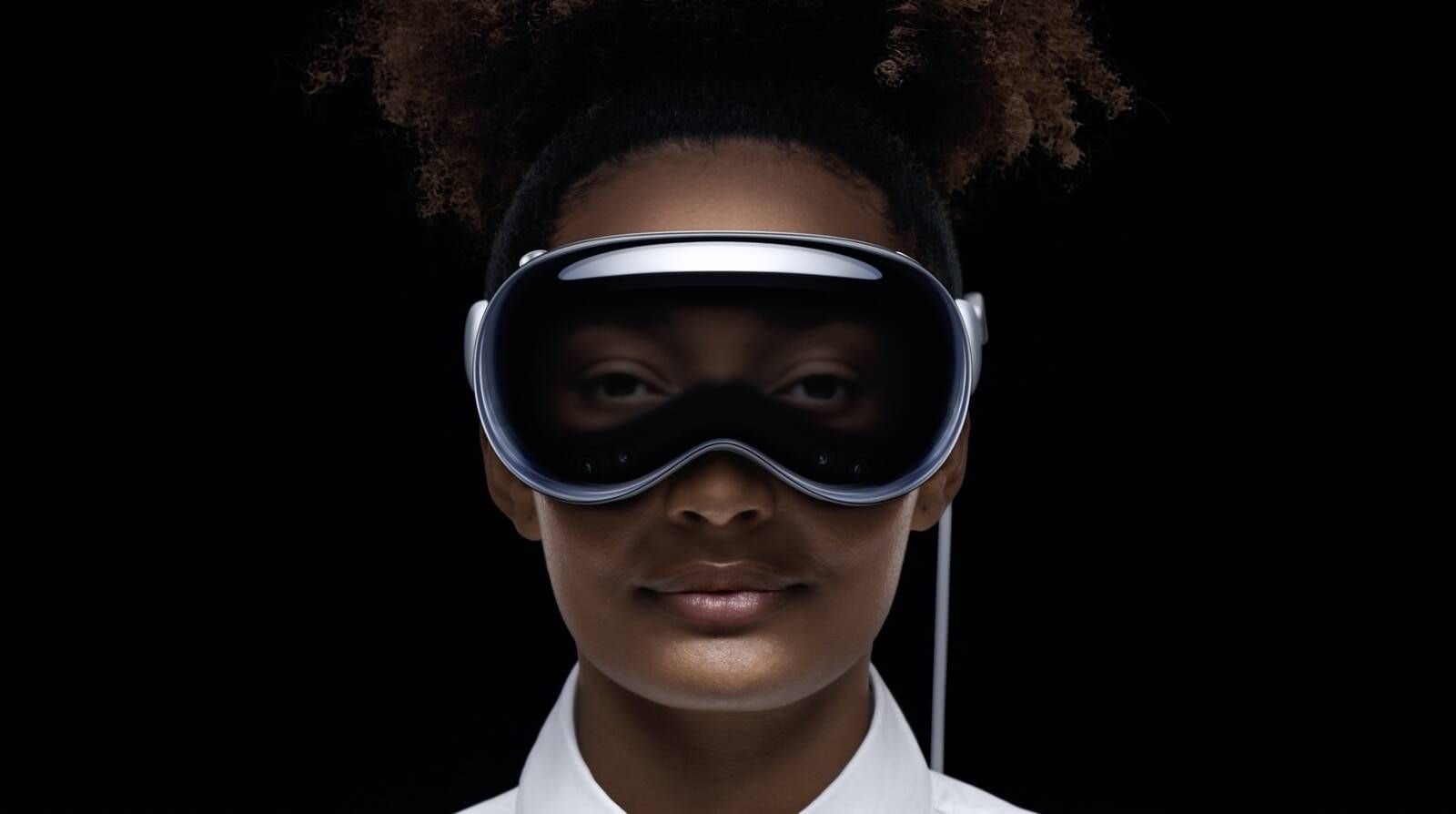This week, Apple sprung back into the spotlight and proved itself to be an indomitable force in technology with the launch of its first-ever augmented and virtual reality headset — the Vision Pro.
Hailed as the first major product development to arrive from Apple in its post-Steve Jobs era, the device boasts a sleek yet inescapably scuba-inspired silhouette. The Vision Pro was unveiled at the tech behemoth’s annual Worldwide Developers Conference (WWDC) event on June 5 and has had the globe in an unwavering — and polarizing — grip ever since.
“This is the most advanced tech product event created. It’s a supercomputer,” tech futurist and chief metaverse officer at consultancy Journey, Cathy Hackl, tells Jing Daily. “This device is a stepping stone toward a future AR device that Apple will continue to work on.”

In the run-up to the device’s launch, an air of palpable excitement swept across the Internet. Apple had been trending on Twitter for over a week prior to the conference thanks to talks of product leaks being amplified by media publications and Web3’s most-prolific spearheaders.
As Web3 thought leader and NFT investor Gmoney tweeted, “By a show of hands, who is already buying the Apple headset before even knowing what it does?”
Acceleration Of VR/XR#
As for Apple itself, the conglomerate remains ahead of the game when it comes to refining and popularizing new technology. Until today, virtual reality’s path to mass consciousness has been rocky, but Apple’s adoption of the tech could expedite its integration into consumers’ daily lives.
Using Spatial Computing (a process involving the virtualization of activities and interactions between machines, people, and objects), Vision Pro is built on the concept of placing a digital layer over the top of our everyday lives, allowing users to remain in reality while interacting with virtually-enhanced components.
The device will be manufactured in China for the foreseeable future using Apple’s Reality engine. The company is pushing ahead with its countrywide expansion plans, with a new flagship slated to open at Shanghai’s Jing’an Temple Plaza and a new mall store to open in Wenzhou.
Leveraging its proprietary tech, it's likely that Apple will rule this new market category, ushering in an era of mixed reality wearables in the process.

New Luxury Potential#
As for luxury, why should brands be taking note? In a LinkedIn post, Hackl explains that the device’s capabilities stretch into arenas such as retail and gaming, and will offer new destinations for shopping, socializing, and other activities.
After all, wherever there’s opportunity, there’s money to be made. Luxury players should be looking to capitalize on it as early as possible, as well as setting the precedent for a top-tier consumer experience.
“The Vision Pro and other headsets like it offer new worlds for brands to play in,” says Adam Wilson, co-founder and CEO of design studio Polyform Studio. “The barrier to entry is still very high to producing and consuming headworn AR or VR, so it will still take some time for brands to see an ROI that is worth investing in there. Brands today should definitely take note of the shifting world around them and take Apple’s entrance into this market as a sign that it is here to stay.”
Wilson also believes that the device could hail the beginning of a post-smartphone era, where our interaction with technology extends beyond small screens and is integrated into wearable products — something Apple has previously hinted at with its Apple Watch.
For luxury’s innovation roadmap, mixed reality features can be introduced interchangeably alongside activations such as NFTs, metaverse spaces, and other AR-powered services.
“Companies that don’t invest in an AR / VR strategy today will not weather the transition to spatial computing as the defecto way to ingest information. Starting early will help brands stay ahead of their competition and future-proof their organization. It’s a wise investment,” Wilson continues.

The Apple Aesthetic#
Apple’s hold on style-conscious consumers has undeniably spanned decades, but recent releases such as the Airpods Pro and, more notably, the Airpods Max have quickly become the fashion crowd’s favorite accessory.
For example, the Airpods Max hashtag surpassed 190.9 million views on TikTok alone and was one of the video-sharing platform’s top trending topics in 2022.
Will the latest product from the brand also resonate with fashionistas? Judging off Apple’s previous successes at creating the latest gadget must-have, it’s possible that appetite for the Vision Pro could eventually extend from solely tech proponents and ultra-wealthy consumers to fashion enthusiasts and trend followers alike.
Though commentators were quick to point out that neither Apple's Chief Executive Tim Cook nor the brand’s head of AR and VR, Mike Rockwell, have actually tried the headset on. It’s a crucial detail that fashion critic Vanessa Friedman argues could sway customers from the product in a recent New York Times piece, aptly captioned “But Would You Wear It?”

Competition Is Rife#
With a price tag of almost $3,500 — nearly 12 times the price of Meta’s Quest 2, the current biggest-selling VR headset — Apple’s Vision Pro is predominantly positioned towards high-earning, white-collar workers.
That is, for now. Promotional videos showcased at the conference depicted everyday consumers interacting with the product, hinting that, over time, a more accessible version of the Vision Pro will trickle down to the mainstream market.
But major competitors are already banking off the mixed reality hype that Apple has generated. In the same week of the Vision Pro launch, Meta announced that it would be producing a cheaper (and faster) version of its Quest headset in a bid to target a new consumer demographic.
Moreover, as technology matures and mixed reality finds solid ground in the market, it's likely that the usual suspects of Google, Amazon, Microsoft, and so on will join the race.
That still may be some ways away. Vision Pro’s novelness has yet to sway speculators, who have compared the product to something not dissimilar from the dystopian television series Black Mirror. But resistance seems to be becoming increasingly more futile.
Apple’s confidence in retail hardware like Vision Pro is keeping tech brands and media conglomerates optimistic about the future of the metaverse. The launch of the device is not only a pivotal moment in the brand’s virtual trajectory but could impact how people work, shop and play in Web3 as well.

